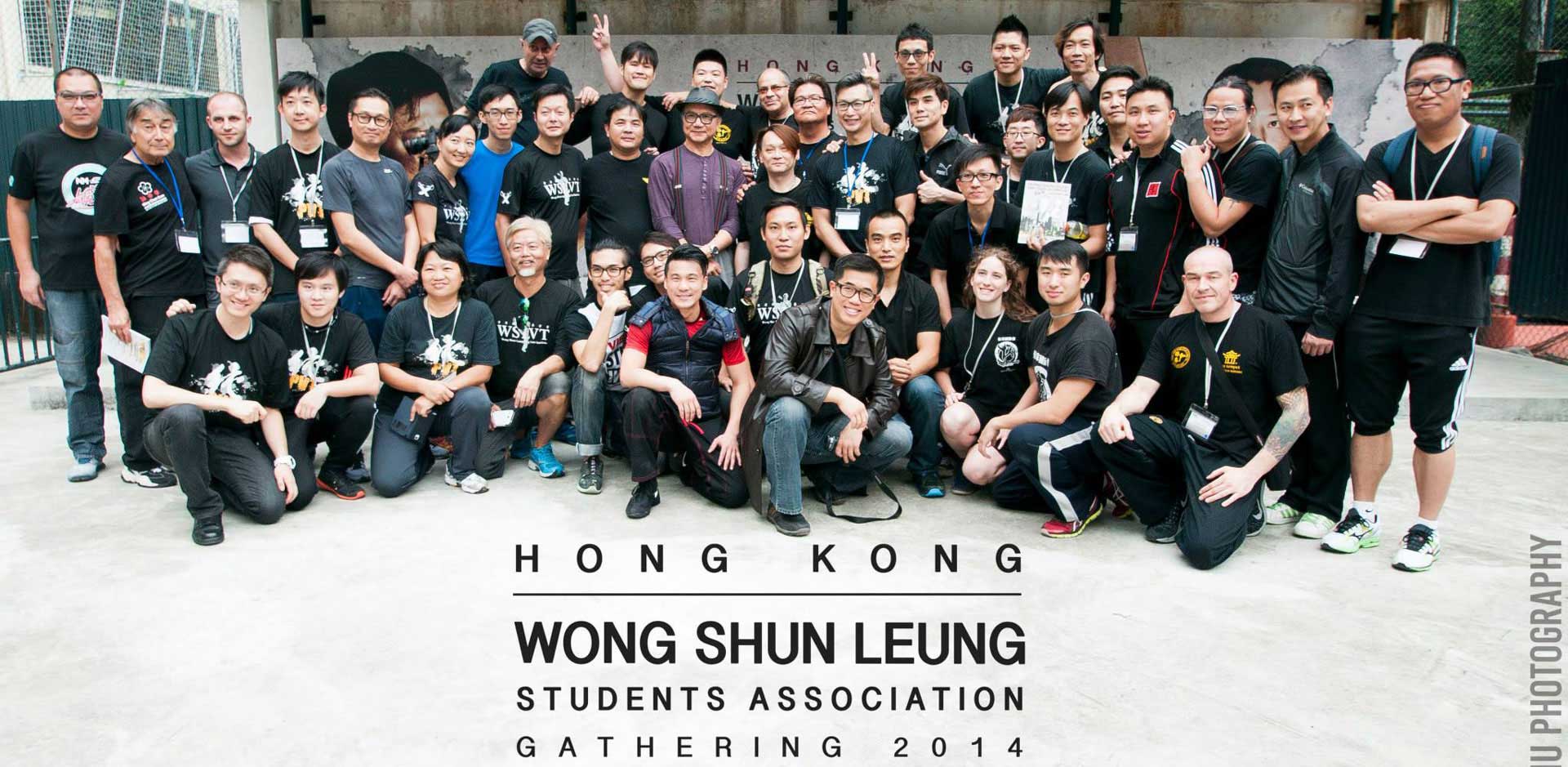

Forms are very important
The empty hand forms
The first, and most important form in Wing Chun, Siu Lim Tau, which can be translated into „The little or small idea for beginning“, Siu Lim Tau is not only for beginners but to be practiced throughout the practitioner’s lifetime. It is the foundation or „seed“ of the art from which all succeeding forms and techniques depend. Fundamental rules of balance and body structure are developed here. Using a car analogy: for some branches this would provide the chassis, for others this is the engine. It serves basically as the alphabet for the system. Some branches view the symmetrical stance as the fundamental fighting stance, while others see it as more a training stance used in developing technique.
The second form, Chum Kiu, focuses on coordinated movement of bodymass and entry techniques to „bridge the gap“ between practitioner and opponent and move in to disrupt their structure and balance. Close-range attacks using the elbows and knees are also developed here. It also teaches methods of recovering position and centerline when in a compromised position where Siu Nim Tau structure has been lost. For some branches bodyweight in striking is a central theme, whether it be from pivoting (rotational) or stepping (translational). Likewise for some branches, this form provides the engine to the car. For branches who use the „sinking bridge“ interpretation, the form takes on more emphasis of an „uprooting“ context adding multi-dimensional movement and spiraling to the already developed engine.
The third form, Biu Jee, is composed of extreme short-range and extreme long-range techniques, low kicks and sweeps, and „emergency techniques“ to counter-attack when structure and centerline have been seriously compromised, such as when the practitioner is seriously injured. As well as pivoting and stepping, developed in Chum Kiu, a third degree of freedom involving more upper body and stretching is developed for more power. Such movements include very close range elbow strikes and finger thrusts to the throat. For some branches this is the turbo-charger of the car. For others it can be seen as a „pit stop“ kit that should never come into play, recovering your „engine“ when it has been lost. Still other branches view this form as imparting deadly „killing“ and maiming techniques that should never be used if you can help it. A common wing chun saying is „Biu Jee doesn’t go out the door.“ Some interpret this to mean the form should be kept secret, others interpret it as meaning it should never be used if you can help it.
Forms follows function
The term „form always follows function“ became after the 1930s a struggle of modernist architects. In fact, it can also be assumed for all martial arts that it seems pointless to get a solid function without basic forms.
Structure follows strategy
In management theory, the thesis that Structure follows strategy was proposed by the historian Alfred Chandler. This means that a corporate structure is created to implement a specific corporate strategy. In the Wing Chun, this means that a physical and mental structure (foundation) is created to implement certain strategies in combat.
Written by: MICHAEL MEHLE
Release Date: February 8, 2016





